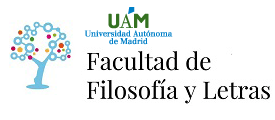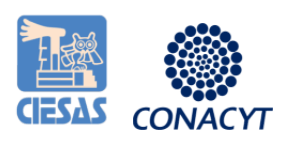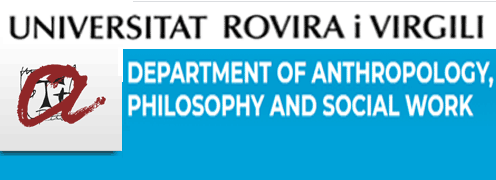Tales of Tails: Exploring the Arrival of European Animals to the Americas
Pensacola Bay, in Northwest Florida, is home to a diverse array of historic shipwrecks, including six vessels associated with a 1559 Spanish colonization attempt, three of which have been dated to date, and the Nuestra Señora del Rosario y Santiago Apóstol, a large frigate and former flagship of the Spanish Windward Fleet that patrolled Gulf and Caribbean waters. Faunal assemblages from these shipwrecks likely include the earliest specimens of sheep/goats, cats, rats, and mice in North America. The assemblage also includes horses, cows, pigs, and chickens. To date, no detailed analyses have been conducted on these early introductions. Isotopic analysis reveals significant dietary and husbandry variation, suggesting a broad range of management practices and ecological settings. Previously unidentified mammals have been identified to the species level using a relatively new collagen peptide fingerprinting technique, ZooMS (Zooarchaeology by Mass Spectrometry). Ancient DNA (aDNA) has been isolated from the cat, the rats, and a chicken. The analysis of the ship's cat is particularly insightful, providing a rare glimpse into early shipboard cat behavior, diet, and its role in the species' introduction across the Americas.
(*)El autor o autora no ha asociado ningún archivo a este artículo









